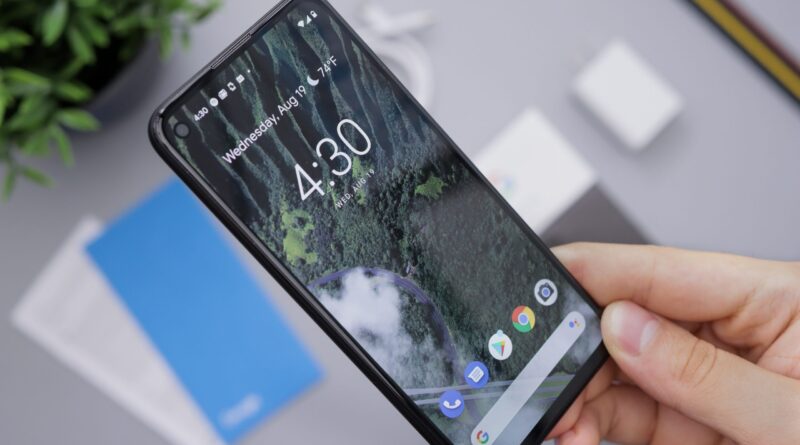When it comes to protecting your phone’s screen, you have two main options: tempered glass or a plastic screen protector. While both serve the same purpose, they offer different levels of protection and user experience. I’ve tested numerous screen protectors over the years, and I’ll help you understand which option might work better for your needs. Let’s explore the main differences, advantages, and potential drawbacks of each type.
Spis treści:
What is Tempered Glass?
Tempered glass is a specially processed glass that undergoes controlled thermal and chemical treatments to increase its strength. When applied to your phone, it creates an additional layer that’s typically 0.3-0.5mm thick. The glass goes through a process called tempering, which makes it up to five times stronger than regular glass. When broken, it shatters into small, relatively harmless pieces rather than sharp shards, providing an extra safety feature. This characteristic makes it particularly appealing for phone protection.
What is a Plastic Screen Protector?
Plastic screen protectors, also known as PET (Polyethylene Terephthalate) or TPU (Thermoplastic Polyurethane) protectors, are thin sheets of flexible plastic designed to shield your phone’s screen. They’re typically thinner than tempered glass, usually around 0.1mm thick. These protectors offer basic protection against scratches and minor impacts while maintaining the original feel of your phone’s screen. They’re more flexible and less likely to crack compared to tempered glass.
Durability Comparison
Tempered glass offers superior protection against drops and heavy impacts. It can absorb significant force before showing any damage, often sacrificing itself to save your phone’s screen. On the other hand, plastic screen protectors excel at preventing scratches but provide minimal protection against serious impacts. While plastic protectors might need replacement more frequently due to scratches and wear, they’re less likely to crack or shatter. Your choice might depend on whether you’re more concerned about drop protection or scratch resistance.
Installation and Maintenance
Tempered glass typically installs more easily than plastic protectors because it’s less flexible and less prone to bubbles. The rigid nature of glass means it can often lay flat on the screen with minimal adjustment. However, plastic protectors are more forgiving during installation – if you make a mistake, you can often remove and reposition them without damage. Both types require careful cleaning before installation and regular maintenance to prevent dust accumulation around the edges.
Cost Considerations
While tempered glass protectors generally cost more upfront, they often provide better value due to their superior durability and longevity. Plastic protectors are usually cheaper but may need more frequent replacement due to scratches and wear. When considering cost, factor in how long you plan to keep your phone and your typical usage patterns. If you frequently expose your phone to rough conditions, the higher initial cost of tempered glass might be justified by its better protection and longer lifespan.
Final Thoughts
Your choice between tempered glass and plastic screen protection should depend on your specific needs. If you prioritize maximum impact protection and don’t mind spending a bit more, tempered glass is likely your best option. However, if you’re looking for basic scratch protection, prefer a thinner profile, or need something more budget-friendly, a plastic screen protector might serve you better. Consider your usage habits, budget, and protection priorities when making your decision.
